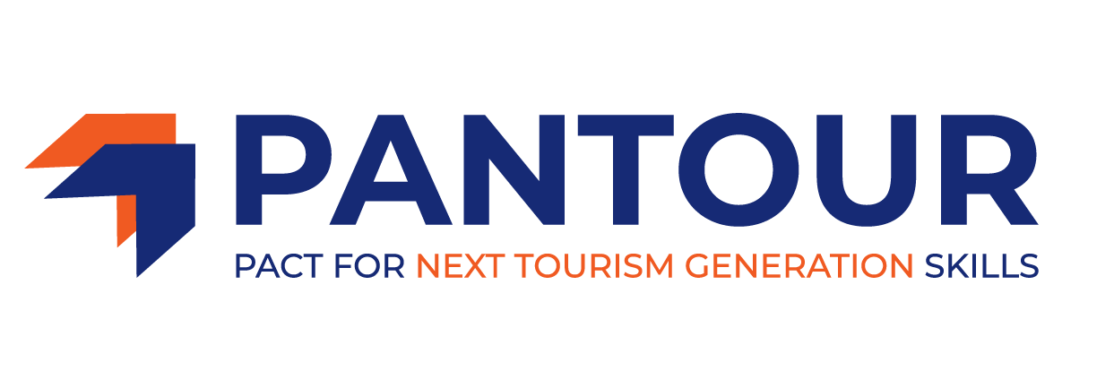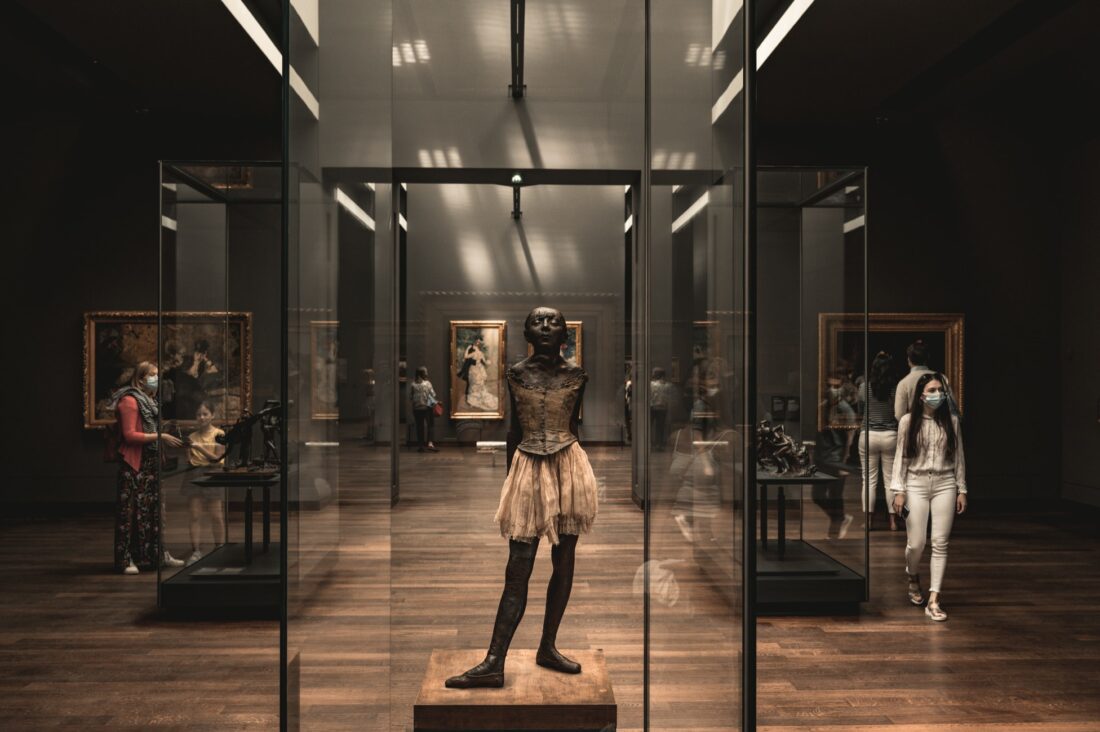Digital Strategies in the Museums Sector – Embracing New Strategies
Cardiff Met virtually attended a Museums Association webinar entitled Digital Futures Embracing New Strategies on 29th April 2021. Diana James summarises key insights on how museums in the UK responded to the challenge of the pandemic using digital technology, what they learnt and how the Next Tourism Generation project can help inform new strategies and address skills gaps.
The Challenge and the Response
The Covid pandemic created a major challenge to museums in the UK – finding ways to continue to engage in an authentic and meaningful way with their customers and communities despite their doors being closed. Faced with a scramble to survive, digital technology seemed to provide an answer, and museums of all types and sizes grasped the opportunity provided by the acceleration in the development of digital tools, not only to communicate with existing customers, but to reach new audiences.
Examples include new forms of storytelling via popular channels using the voice of communities, such as the Tyne and Wear Archives and Museums’ ‘Heavier! Faster! Louder!’ six-part audio documentary telling the story of Tyneside Heavy Metal music. Leeds Museums and Galleries Facebook pages linked popular images with heritages sites, one example being in April when where refreshment in the form of a large ice cream is the main feature in the foreground of a photo of Kirkstall Abbey. Others such as the Museum of London focused on developing digital learning by live streaming to schools and families.
Many of these strategies proved highly successful, and digital communication moved from being peripheral to a core activity in museums. However, all the speakers identified that the pressure to act very quickly meant the learning curve was steep and there was no time to plan properly. The experience has highlighted several issues, and there was consensus amongst the speakers that it is now time to stand back and look at the big picture, reflect on what went well and, importantly, what could be changed and improved.
Lessons from Experience
The importance of really understanding a problem before coming up with a solution had become clear. Audience research is essential and relying on responses to an internet survey were not found to be sufficient for discovering what customers want. Anjana Khativa from Wessex Museums emphasised that museums have a responsibility to connect with underserved audiences, those who are culturally diverse and may be disconnected from their heritage, and to do this they must first understand their needs. This might require museum staff to step outside their comfort zone of engagement and recognise any unconscious bias they may have. Museums need to tell stories that resonate and reflect the experience of these audiences. Systematic change in staff training in inclusion and engaging with diverse audiences both digitally and in person is needed. This echoes the issues discussed in our earlier blog, ‘Seeing the Past Differently’, which looked at the cultural sensitivity museums need to demonstrate in the interpretation of their collections.
Speakers were clear that occasional failure is inevitable, and it is vital to have tough conversations that may result in pet projects being abandoned.
During the lockdown museums had gradually developed a better understanding of digital communication as a tool and come to appreciate it is not the universal answer, and not always authentic to the organisation and its audiences. Looking to the future, some research suggests that some people will continue to engage digitally post Covid – in particular, people who are restricted to their homes have often found it a lifeline. But museums individually will need to decide on how and where to focus their resources. A hybrid model was discussed, and the idea of using digital content (talks, programmes and webinars which people will pay to join) to enhance the visitor experience rather than replicating what is offered for free in the museum holds interesting possibilities. It was realised during the last year that digital activity cannot be separate but needs to be integrated into the mainstream work of the museum.
Challenges associated with acting ethically on-line have been encountered. Pete Austin from the Imperial War Museum described the internal debates around what to do in response to the posting of a hate campaign on social media – balancing making a stand by stopping activity on the world’s biggest platform for a period of time with the resulting loss of engagement with audiences and loss of income.
Staff have been under intense pressure and museums need to review the capacity and time available in the organisation for digital activity, and where there is a need for skills development. Expansion into digital space and commitment to participation and inclusion, multiple voices and democratisation carry with them the danger of increases in on-line abuse and cyber-bullying, and staff need training in how to respond when it occurs.
The past year has also demonstrated the need for measuring the impact of digital activities. Senior staff and colleagues who are sales-focused need to be convinced of the value and impact of digital communications work. A detailed strategy for collecting valuable metrics, rather than relying on ‘vanity’ data is essential if this is to be achieved.
Museums feel more digitally confident now and the dangers in posting ‘panic’ content have been recognised. Quality and consistency have been found to be more important that quantity, and organisations need clarity about their ambitions if their digital presence is to be effective.
A Role for the NTG Toolkit and Matrix
These conclusions from the speakers demonstrate that the Toolkit and Matrix developed by The Next Tourism Generation Alliance are tools that have an important role in supporting museums to achieve their future aspirations, where digital activity becomes an integral element of future strategies. The resources relating to all areas of digital skills development are obviously key, but the speakers’ presentations also demonstrated that these skills must be used in combination with social skills needed to engage with and meet the needs of wider, diverse audiences if they are to be effective – a second priority area encompassed by NTG resources. Further details can be found on the NTG website.




No Comments